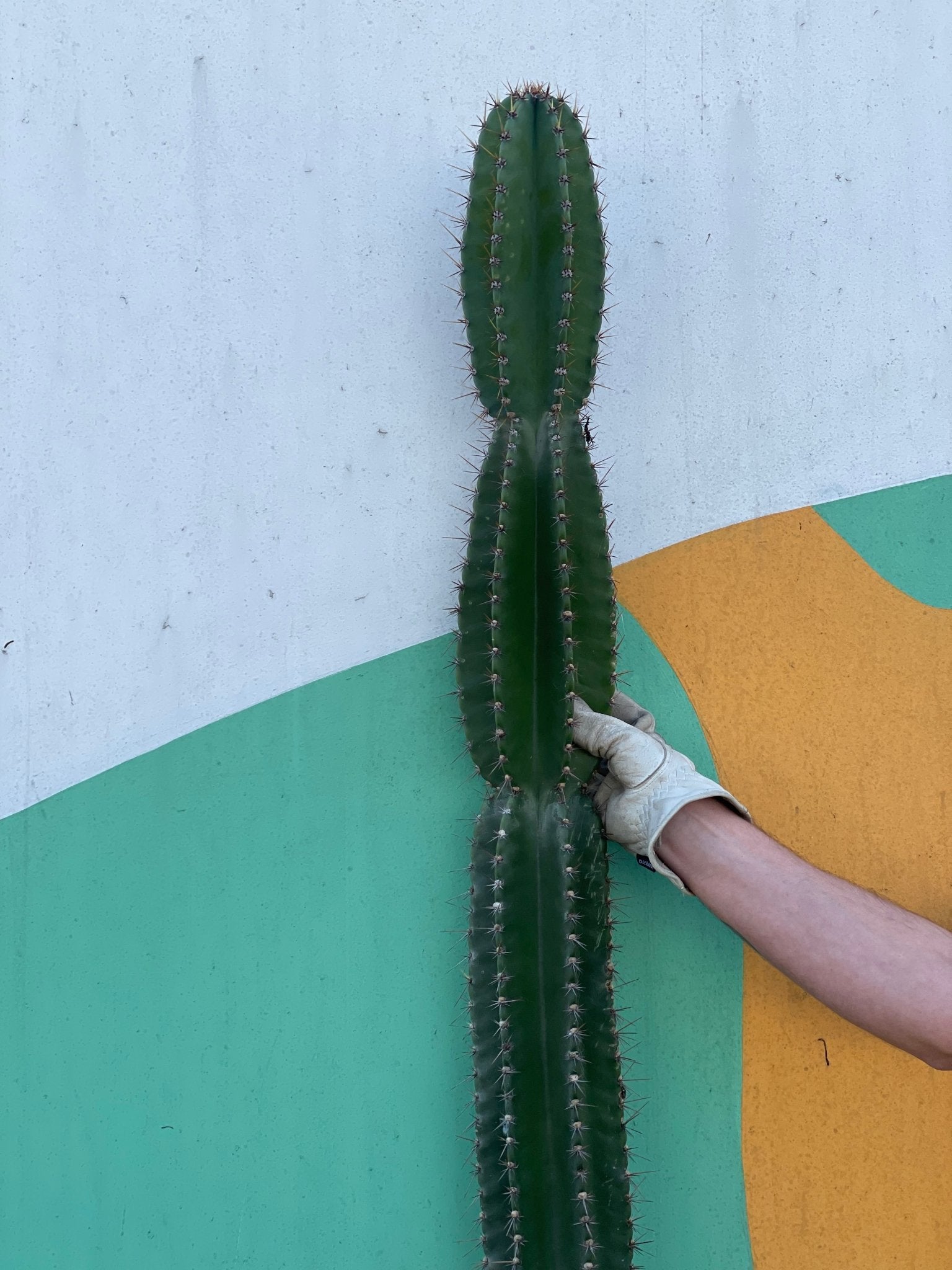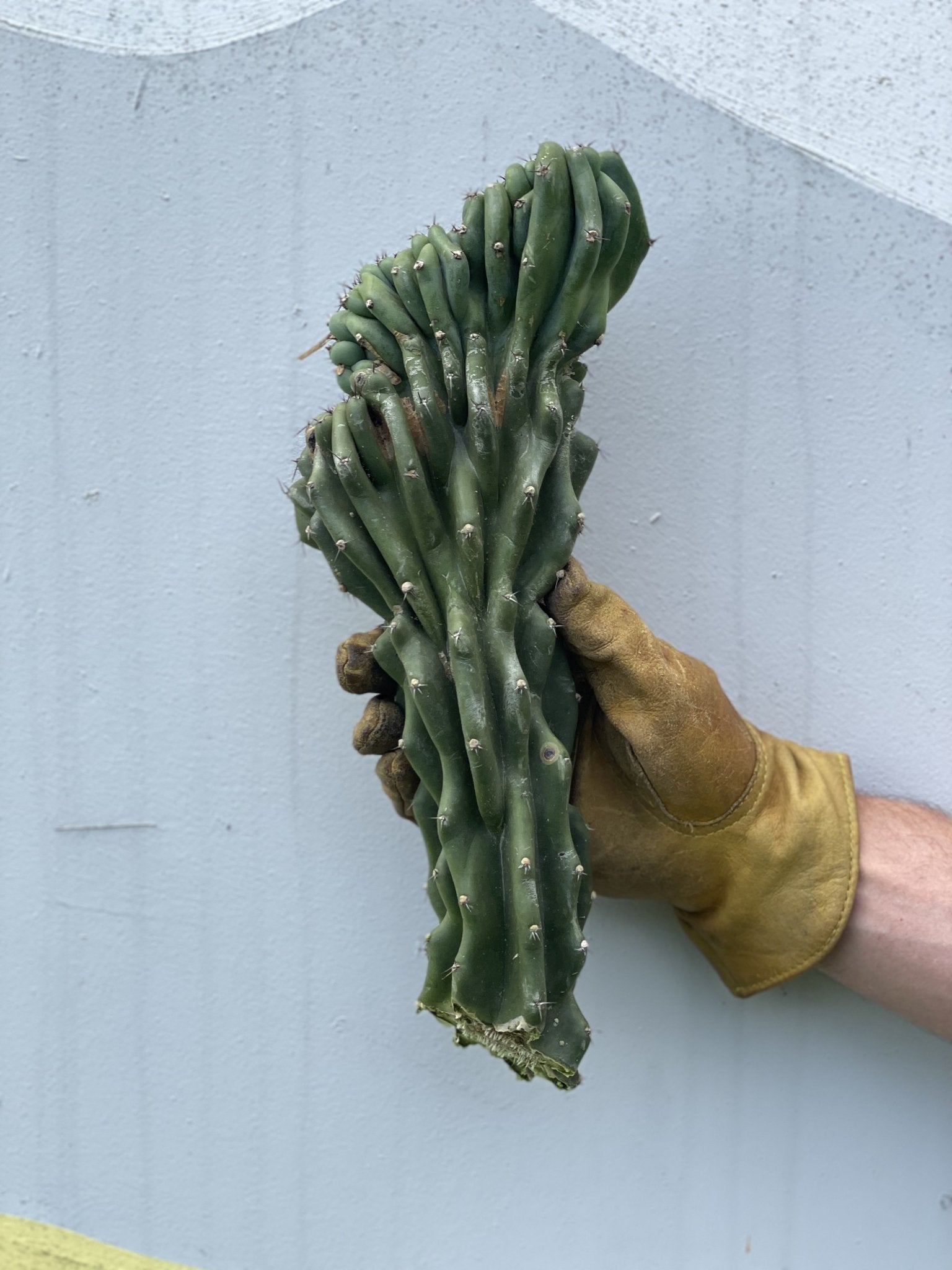Growing a specialized plant like a cactus may appear daunting. Despite thriving in desert conditions, cacti are not as difficult to care for as you might imagine. Properly drained soil is crucial for their health. Consider the Cactaceae family for an appealing, low-maintenance indoor plant.
Burro’s Tail (Sedum morganianum)
Burro’s Tail is a unique name often seen in these plants, differing from many cacti due to its draping form. This succulent thrives in bright, indirect light with low moisture, making it pet-friendly. This plant's unique draping form sets it apart from typical cacti, giving it a distinctive look that will enhance any space.
Blue Hens and Chicks (Echeveria glauca)
How can you not appreciate a plant named Blue Hens and Chicks? The name reflects its growth pattern with larger globular forms surrounded by smaller offspring. The colors are striking. It is also pet-friendly..
Bishop's Cap (Astrophytum ornatum)
The Bishop’s Cap reaches a height of slightly over 3 feet under optimal conditions, transitioning from a round shape to a cylindrical form as it matures, and blooming with lovely yellow flowers in the summer as a result of attentive care.
Barrel Cactus (Ferocactus and Echinocactus)
The Barrel Cactus describes plants from two genera with a similar form and growth pattern. You’ll find them in the American Southwest. Their defining characteristic is the dense covering of sharp spines they have. They are easy to grow in bright, indirect sunlight.
African Milk Cactus (Euphorbia trigona)
The African Milk Cactus is a slow-growing, long-lived plant with a striking form with vibrant colors. Many consider it a symbol of good luck. Unfortunately, it is toxic to pets because of its milky sap that can irritate you or your pup.
Angel Wings Cactus (Opunta albispina)
The Angel Wings Cactus is from the same genus as the Prickly-Pear Cactus. Both plants have a similar appearance. It thrives in warm, dry conditions and has a broad 5-foot spread. On occasion, it may bear delicious red fruit. Angel Wings Cactus requires minimal watering and prefers well-draining soil to prevent root rot.
Christmas Cactus (Schlumbergera)
The beauty of the Christmas Cactus lies in its lovely pink flowers. In contrast to other plants we have explored, this species thrives in rainforests, resulting in its unique appearance. Providing indirect light and consistent watering are essential for maintaining its health.
Saguaro Cactus (Carnegiea gigantea)
We’d be remiss if we didn’t include the king of cacti, the Saguaro Cactus. This plant fares best in full sunlight as its wild counterparts enjoy. It is another long-lived species, with some reaching 200 years old! It grows slowly and will stay happy in a smaller pot until it eventually outgrows it. The Saguaro Cactus is known as the king of cacti, thriving in full sunlight just like its wild counterparts. With some individuals living up to 200 years, it is a long-lived species that grows slowly and can be kept in a smaller pot until it outgrows it.
Final Thoughts
As you’ve seen, you have many choices if you want to try your hand at growing cacti. They’ll reward you with a plant that is easy to grow with a minimal amount of care. Plenty of indirect sunshine and occasional waterings will allow them to thrive indoors.












Leave a comment